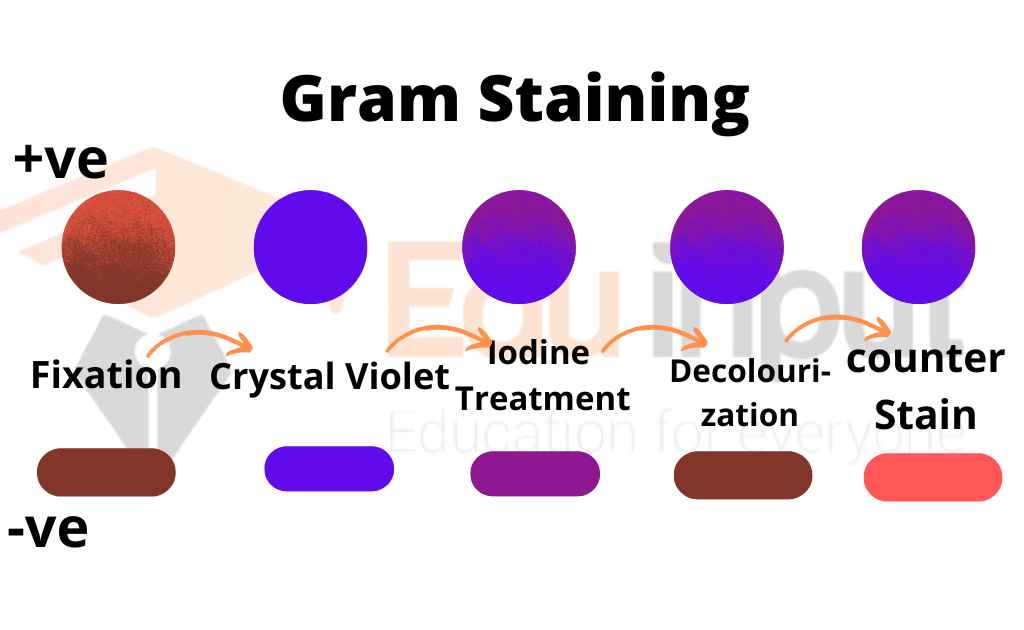Flagella-The Locomotory Organ of Bacteria
Flagella is the locomotory organ of bacteria. Flagella are common among protozoans, but can also be found on the gametes of other organisms like algae, fungi, mosses, slime molds, and animals.
The flagellar movement creates water currents that are necessary for respiration and circulation in sponges and coelenterates.
Difference Between Eukaryotic and Prokaryotic Flagella
The structures and patterns of movement of prokaryotic and eukaryotic flagella are different. Eukaryotic cells have one too many flagella that move in a whipping motion. The flagella of prokaryotes and eukaryotes differ from each other; prokaryotic flagella are one-tenth of the width of eukaryotic ones.
Structure of Flegella
Flagella are long and thin, like human hair. They originate from the basal body, which is present just below the cell membrane in the cytoplasm.
The bacterial flagella are made of about 20 proteins, including flagellin. Most spiral-shaped bacteria have flagella, but cocci rarely do.
Prokaryotic and eukaryotic flagella differ from each other in size; prokaryotic flagella are one-tenth the width of eukaryotic flagella.
Bacterial flagella are not covered by an extension of the membrane.
Type Of Bacteria Based On Flagella
Bacteria are classified into different taxonomic groups based on the presence of flagella, the pattern of attachment of flagella, and the number of flagella.
1. Atrichous: In this case, bacteria are without flagella.
2. Monotrichous: In this case, a single polar flagellum is present.
3. Lophotrichous: In this case, a tuft of flagella is present only at one pole of the bacteria.
4. Ampitrichous: In this case, a tuft of flagella is present at each of the two poles of
bacteria.
5. Peritrichous: In this case, flagella surround the whole cell.

Function Of Flagella
The primary function of flagella is locomotion. Flagella are used for swimming through water, bacterial gliding, and twitching. Swimming bacteria use a variety of methods to move through their environment.
Some movements change the buoyancy to allow vertical motion, for instance. In twitching motility, bacteria use their Pili as a grappling hook. Bacteria extend it, anchor it and then retract it with remarkable force.
As a result, they can move quite quickly through their environment. Bacteria can detect chemical signals with the help of flagella and move in its response. Such a type of behavior is called Chemotaxis.
Related FAQs
What is Flagella?
Flagella is the locomotory organ of bacteria. They are long and thin and hair-like structures present in motile bacteria. They originate from the basal body, which is present just below the cell membrane in the cytoplasm.
What are the types of bacteria based on the flagella?
There are five types of bacteria based on the number of flagella they have.
Atrichous
Monotrichous
Lophotrichous
Ampitrichous
Peritrichous
What is the structure of Flagella?
The flagella are made of about 20 proteins, including flagellin. Most spiral-shaped bacteria have flagella, but cocci rarely do.
What is the function of flagella?
The primary function of flagella is locomotion. Flagella are used for swimming through water, bacterial gliding, and twitching. Swimming bacteria use a variety of methods to move through their environment.






Leave a Reply